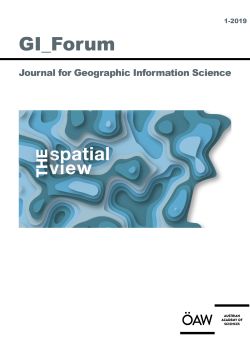
GI_Forum 2019, Volume 7, Issue 1, pp. 134-147, 2019/06/19
Journal for Geographic Information Science

Social media services generate enormous amounts of spatiotemporal data that can be used to characterize and analyse user activities and social behaviour. Although crowd-sourced data have the advantage of comprehensive spatial and temporal coverage compared to data collected in more traditional ways, the various social media platforms target different user groups, which leads to user selection bias. Since data from social media platforms are used for a variety of geospatial applications, understanding such differences and their implications for analysis results is important for geoscientists. Therefore, this research analyses differences in spatial and temporal contribution patterns to three online platforms, namely Flickr, Twitter and Snapchat, over a six-week period in Florida. For the comparison of spatial contribution patterns, a set of negative binomial regression models are estimated to identify which socio-economic factors and characteristics of the built and natural environments are associated with contribution activities. The contribution differences observed are discussed in light of the targeted user groups and different purposes of the three platforms.
Keywords: social media, spatiotemporal data, Flickr, Twitter, Snapchat, spatial analysis